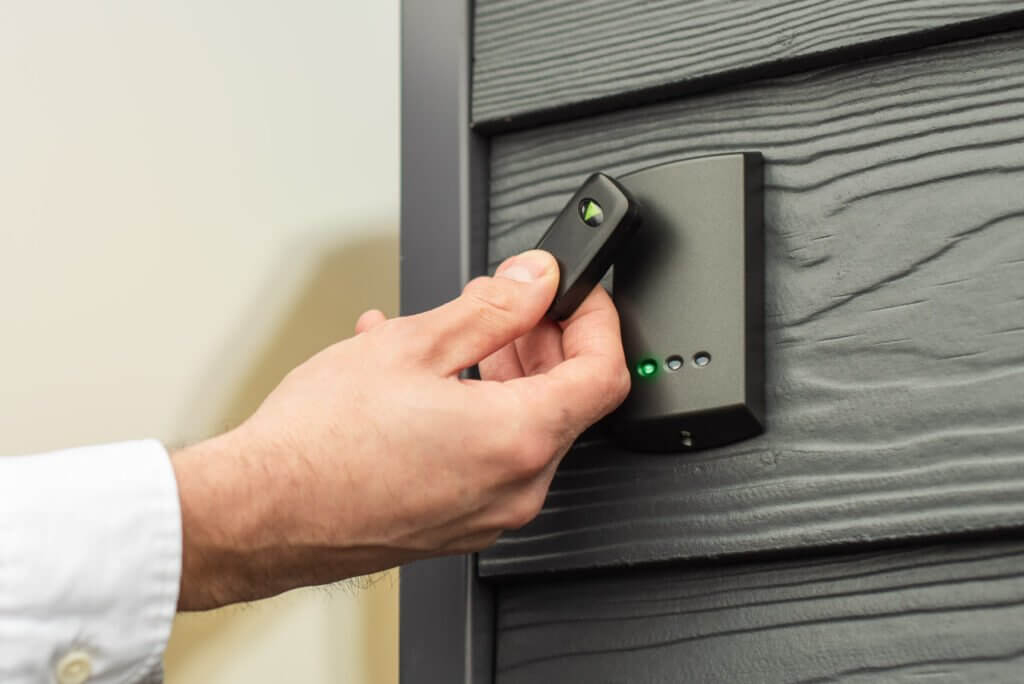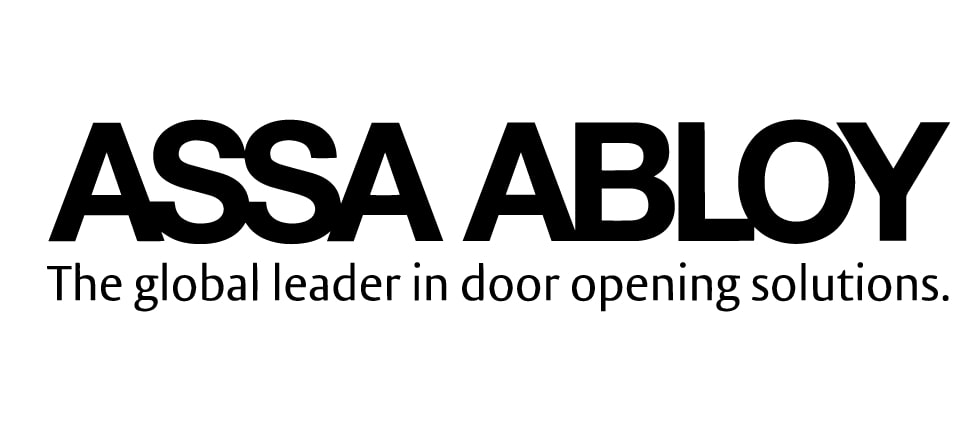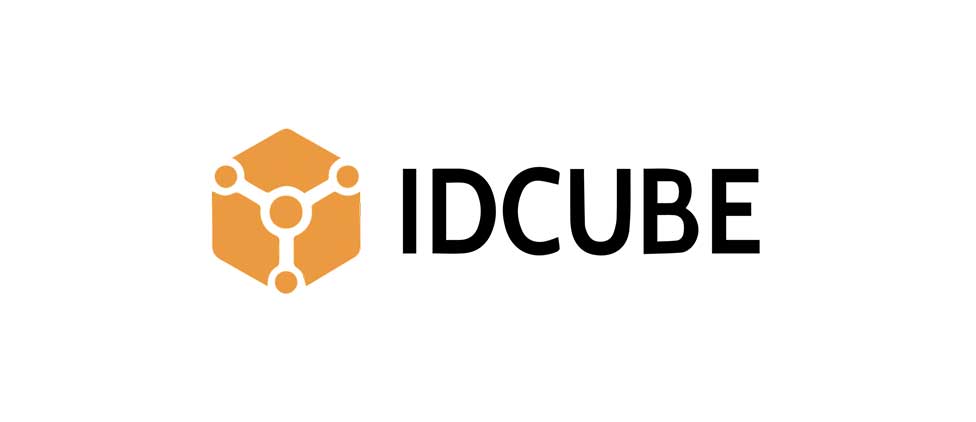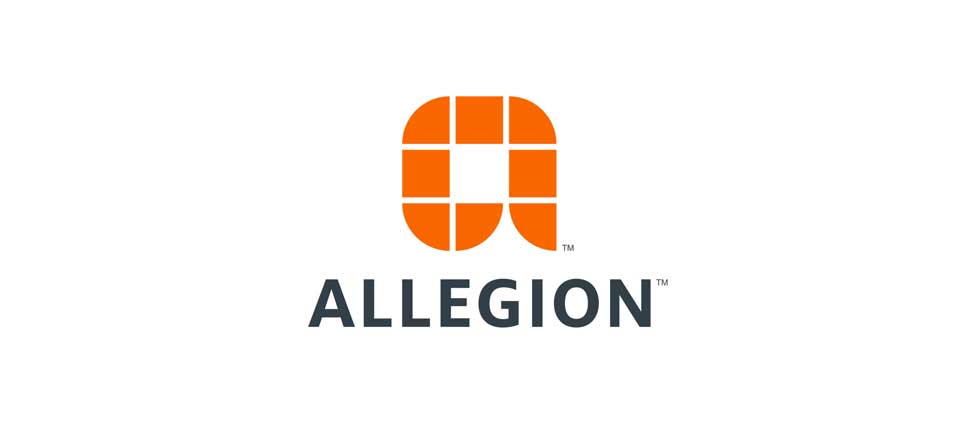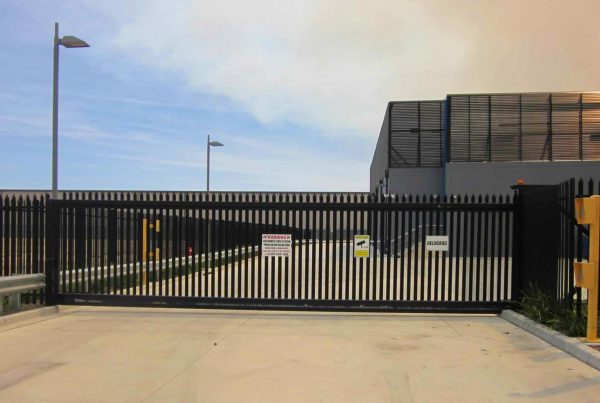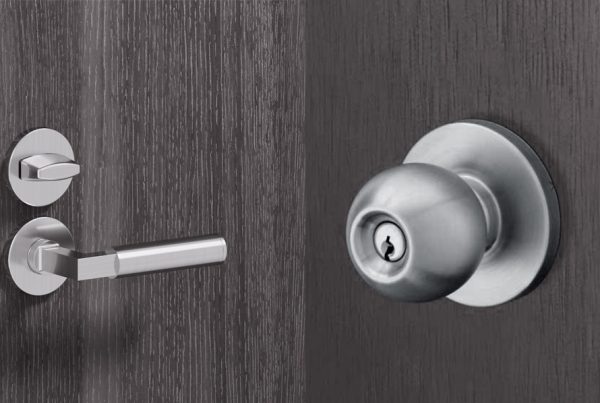People often fail to understand the term Wiegand in the access control industry. The reason being, it refers to a lot of things in the access control world and most of the time breeds unnecessary confusion.
If you too, find the problem in understanding this term or explaining it to your peers, we recommend continue reading this comprehensive guide to learn everything you need to know about Wiegand.
What is Wiegand?
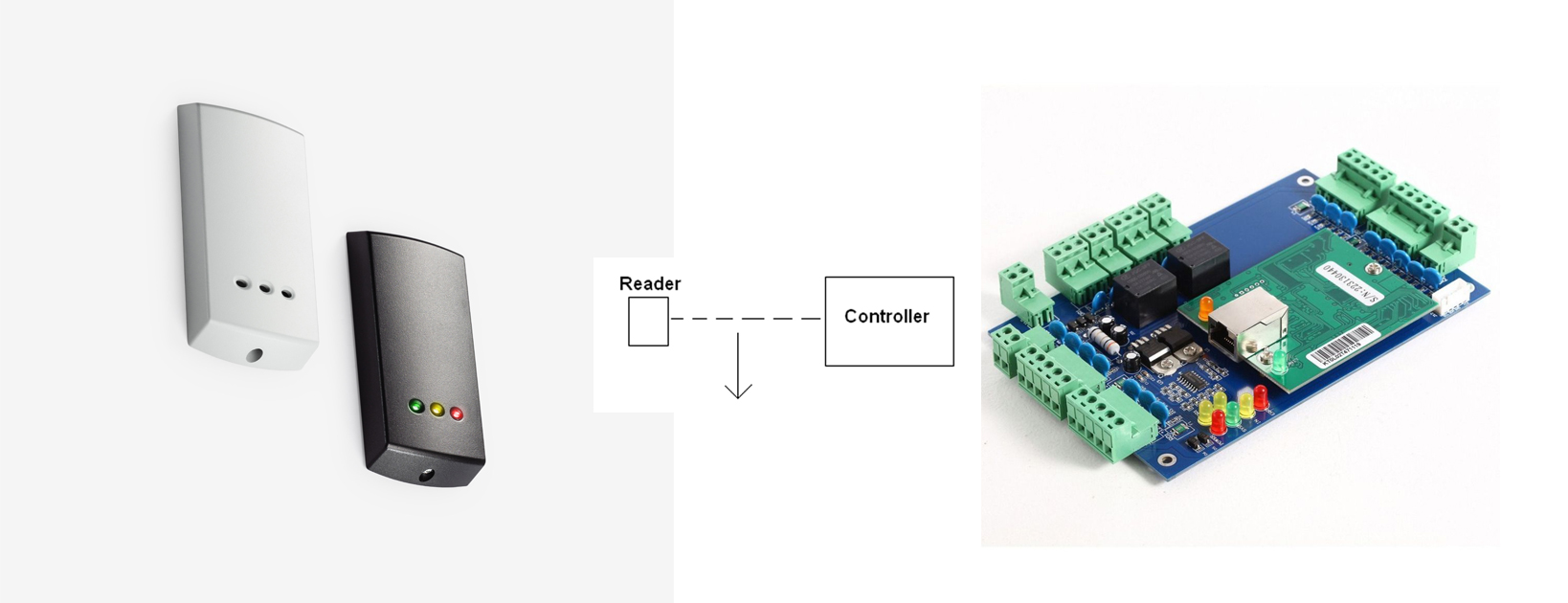
In the access control world, system designers and security engineers use the word Wiegand in the following terms:
- Wiegand Protocol – a type of reader protocol
- Wiegand Devices- a specific type of card & reader
- Wiegand Format – a 26-bit binary card format
- Wiegand Wire – a type of wire used in access control systems
- Wiegand Effect – a type of electromagnetic effect
- Wiegand Interface – popular reader to the controller hardware interface
Let’s learn each term one by one to foster a better understanding of the topic.
Wiegand Interface

Wiegand interface is a world-renowned wiring standard for interconnecting cards, reader, and controller with the access control system. It defines how the devices will communicate with each other to offer the best efficiency and performance.
The Wiegand interface features three wires:
- Data Zero (green wire)
- Data One (white wire)
- Data Return (black wire)
How Does Wiegand Interface Works?
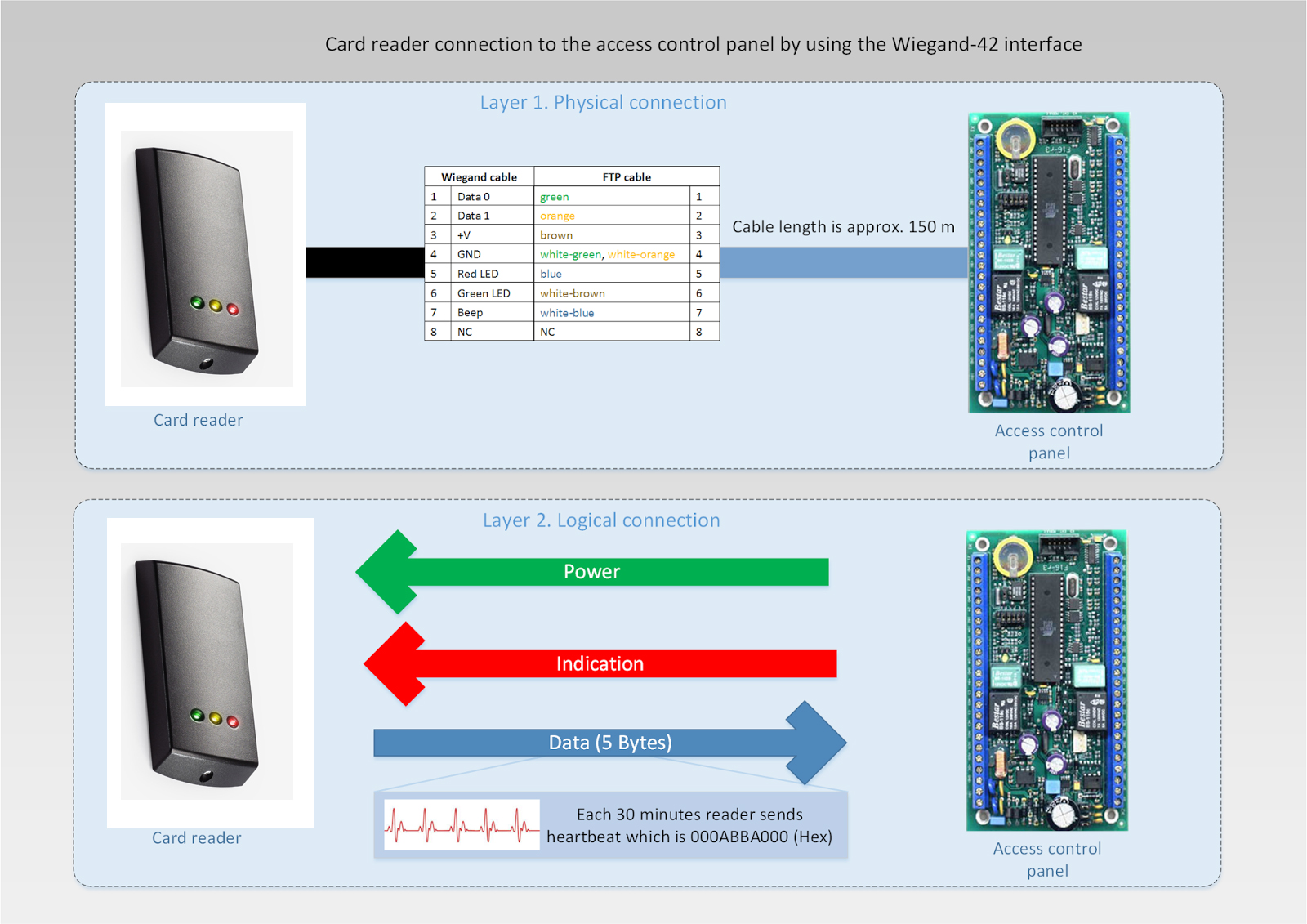
All three wires are responsible for transferring data from card to reader, which later on converts RF to Wiegand protocol and sends it to the controller. This communication takes place in the following way:
DATA0 and DATA1 are transmission wires that carry the data and DATAR works as a common ground. They work in the following way:
- When no data is sent, DATA0 and DATA1 wire stay at high voltage
- When “0” data is sent, DATA0 is pulled to low voltage and DATA1 stays at high voltage
- When “1” data is sent, DATA1 is pulled to low voltage and DATA0 stays at high voltage
This signalling flow makes the data transmission process easier for the reader to convert to Wiegand protocol and transfer it to the controller for authentication.
Advantages of Wiegand Interface
- Makes the process of data transmission between two units simple and efficient
- Easy to implement
Wiegand Protocol

Wiegand protocol is a data-format in which access readers and communicate with each other over a Wiegand interface. There are many different variations of the data format used in the data transmission process.
The most common is the 26 bit Wiegand format that has a trailing parity bit of 26 bits, 16 bits of ID code, 8 bits of facility code, and one bit of leading parity. It is an open format, widely used and accepted by all the access control systems in the world.
Wiegand Devices – Card & Reader

Wiegand Card
A Wiegand card resembles a credit card in appearance and comes with a set of embedded wires. These wires store valuable information like employee identification number, bank account number, or relevant information and made from a special magnetic material that is hard to duplicate. This property makes Wiegand more unique, secure, and useful. Plus they can’t be rewritten easily, just like magnetic stripe cards.
Editor’s Note: Though Wiegand cards are still used widely in different access. control applications, they are being replaced by more modern forms of access control cards like iClass, Seo, Proximity, and Mifare. The reason being they are more secure and cost-effective. However, these cards still rely on the Wiegand interface for better communication with readers.
Wiegand Reader
Also known as Wiegand sensor, Wiegand reader is an intelligent access control device that can receive information from a card.
This information can be credit card number, bank account number, employee id, or medical history depending on the application zone of the access control system.
Wiegand Effect & Wire: An Interesting Story
The Wiegand terms are named after John Richard Wiegand, a legendary scientific figure and discoverer of the famous Wiegand effect. All of the terms we described above are key results of his innovative experiments and robust research work.
In 1970, he found that wires made from magnetic iron alloy tend to show different electromagnetic properties. He called these Wiegand wires and discovered that the wires produce a measurable energy pulse when brought near the magnetic field. This phenomenon is called the Wiegand effect.
Later on, access control enthusiasts found that these pulses can be used to store data in binary form and be transferred from one device to another with the help of Wiegand interface.
Over the years, Wiegand technologies became the development foundation for the access control and security hardware industry and is still being used today in a wide range of applications.
Best Wiegand Reader & Cards Brands in UAE & Qatar
If you are looking forward to buying Wiegand reader and cards in UAE & Qatar, here are the best brands you can take into account:
Conclusion
Coming to the conclusion, we can say that Wiegand is an important technology and key concept behind most of the access control devices we use in our modern facilities today. If you found the article useful, please share it with your friends and colleagues!
Recommended Articles
Do you need help with your Access Control or Biometrics projects?
Let experts at Stebilex help you today.

